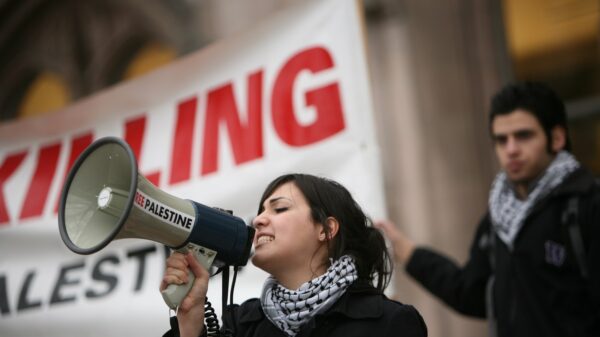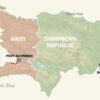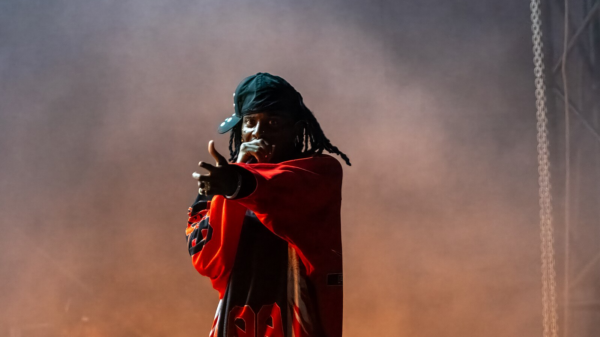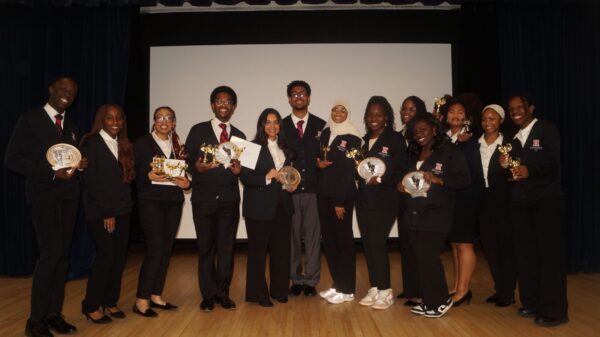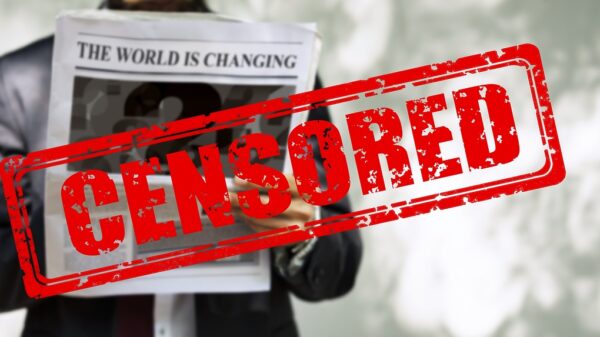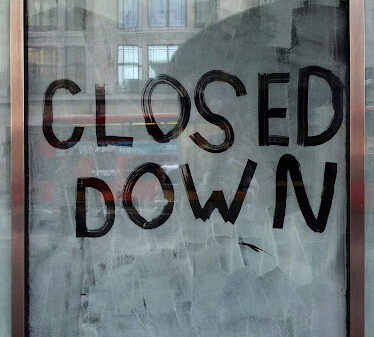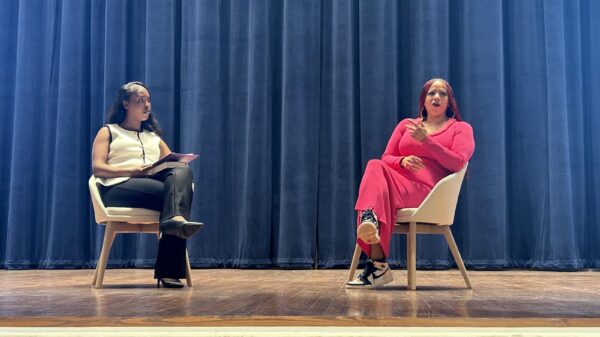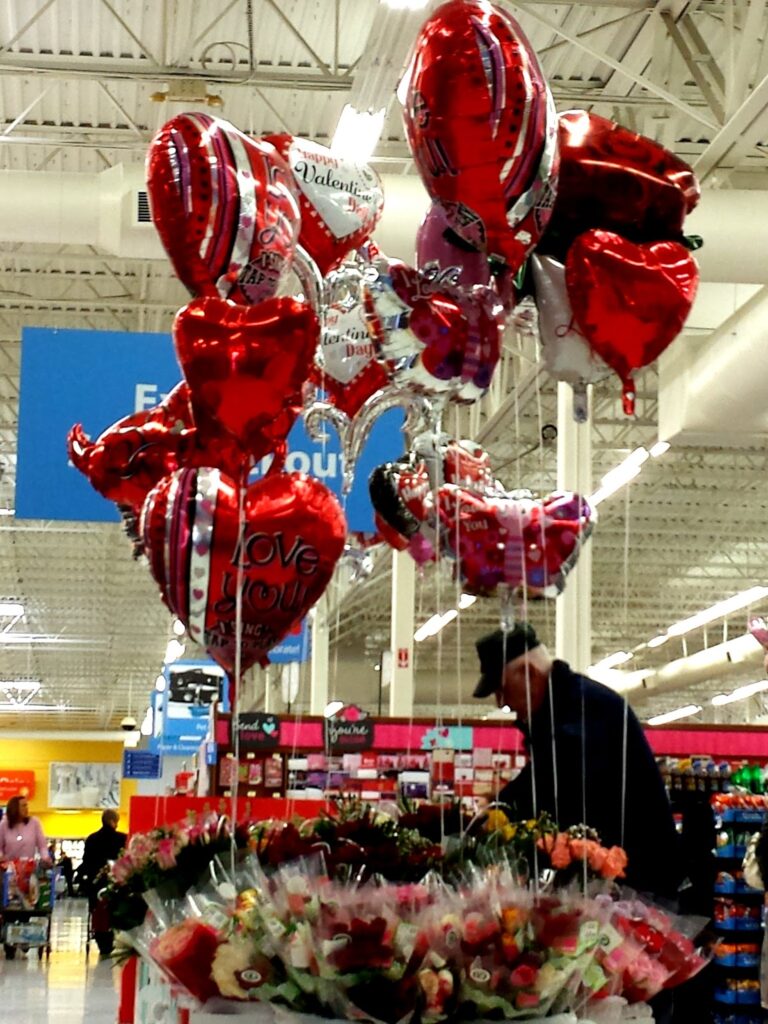
As the nation prepares for one of its most popular holidays, Americans will exceed previous milestones for Valentine’s Day spending. Based on Numerator’s 2024 U.S. Annual Holiday Preview consumer survey report, Valentine’s Day is among the most anticipated and celebrated holidays.
According to the National Retail Federation (NRF) and Prosper Insights & Analytics, this year’s Valentine’s Day spending is expected to reach a record of $25.8 billion in the U.S., an average of $185.81 per person. This marks a rise of approximately two billion dollars from the 2022 figures, yet it aligns closely with the projections made for 2023, according to Statista.
The NRF has conducted Valentine’s Day surveys annually since 2004 to “gauge how Americans plan to celebrate this special day with their loved ones.” In the survey, NRF reported that the top five gifts consumers plan to give are candy, greeting cards, flowers, an evening out and jewelry.
Of the survey respondents, 57 percent selected candy, 40 percent selected greeting cards and 39 percent chose flowers. 32 percent identified an evening out, and 22 percent chose jewelry as their preferred gift for the holiday.
According to the NRF, $14.2 billion is projected to be spent on significant others this Valentine’s Day. Experts are anticipating record spending for jewelry, with an estimated $6.4 billion. $4.9 billion is projected to go towards “an evening out,” while an estimated $3 billion will be spent on clothing and $2.6 billion on flowers.
Stephanie Ward, a senior political science major at Howard University from Queens, New York, admitted to occasionally overspending for Valentine’s Day.
“When it comes to spending, I overdo it just a little bit. I try my best to budget, which means going to Family Dollar and Walmart. It doesn’t cost that much to be romantic,” she said.
Gerald Daniels, an associate professor of economics at Howard University, highlighted several factors he believes contributed to the significant increase in planned Valentine’s Day spending in the U.S.
“The labor market is still relatively strong [and] unemployment rates are still pretty low, which I think is giving people some confidence about the economy,” Daniels said.
“Inflation is ticking down [and] it seems like expectations are above where they were last year. People are feeling good about the economy, so maybe that is leading to increased spending on Valentine’s Day,” he added.
From an economic standpoint, Daniels highlighted that spending is governed by [consumer] expectations. After considering the public’s interest in the holiday, he said he understood the motives of businesses and companies that sell Valentine’s Day-related products.
“I think businesses try to maximize their profit. They try to see how many folks can buy their products and how they can maximize their earnings. I think it is pretty common,” Daniels said.
In addition to changing factors within the national economy, some members of the Howard community believe other factors, such as marketing and advertising, have greatly influenced spending over the years. Ward believes social media has contributed to the significant increase in planned Valentine’s Day spending.
“We constantly see people going above and beyond for Valentine’s Day with money, a bouquet of roses and a hotel room. What we see on social media creates a high standard of what we should get,” she said.
“Not everyone can afford a hotel, and people should be grateful for a dozen roses and chocolates,” Ward added.
Zoei Brown, a junior at Howard University majoring in TV and film and minoring in theater arts from Oakland, California, shared Ward’s perspective.
“When you see other couples showcasing their Valentine’s Day and how much ‘effort’ they put in, that’s when expectations for significant others form,” Brown said.
According to Forbes, approximately “60% of Generation Z and 56% of millennial social media users do some of their holiday shopping via Instagram, TikTok, Facebook and similar channels,” as social media has become a more prominent way to shop for holidays.
“The portrayal of having a decorated hotel room with gifts, specifically luxury gifts, perpetuates the idea of proving one’s love. Social media is the biggest factor in the significant increase in spending,” Brown said.
“Valentine’s Day is about showing people you love them and that you appreciate them as well,” Ward said. “It is not about getting a huge, expensive gift.”
Copy edited by Jalyn Lovelady





